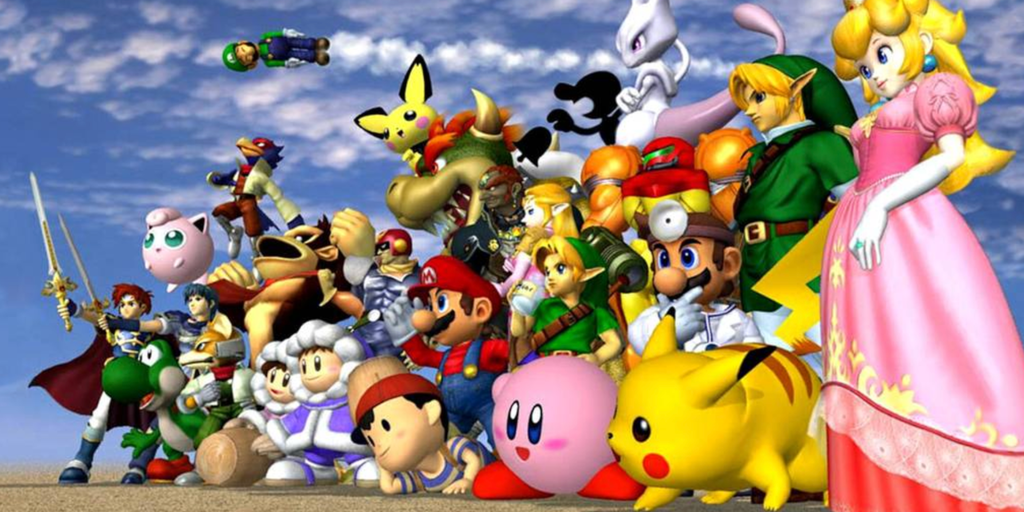Iconic Games That Defined Each Console Generation
Since the days of games like Pitfall on the Atari 2600, every console released has introduced groundbreaking features—whether it’s leaps in graphical power, analog sticks, controller haptics, or more. Along with these hardware advancements came games that fully leveraged them.
We’re diving back into the console generations we grew up with to spotlight the games that defined them, whether by pushing technical boundaries, shifting genre norms, or simply captivating players. This isn’t an exhaustive list, but these are titles that left an indelible mark, many still felt fresh years later.
PlayStation – Final Fantasy VII (1997)
Released in 1997, Final Fantasy VII was a monumental shift for Square (later Square Enix). Prior to PlayStation’s launch, Square’s games typically ran on cartridge-based systems like the Nintendo platforms. The PlayStation’s optical drive offered substantially more storage space, allowing for unprecedented game size and complexity.
The game featured detailed character models, expansive world building, and CGI-animated cutscenes—a significant departure from previous Square titles. Its cinematic scope set a new industry benchmark and directly influenced the next-generation Metal Gear Solid from Kojima a year later.
Dreamcast – Shenmue (2000)
Though now remembered primarily for its early internet integration and meme-worthy moments (like searching for “Where is Sailor?”), Shenmue was revolutionary in 2000 for its ambitious open-world design.
Players controlled Ryo Hazuki through a detailed, interactive city that featured realistic schedules, day-night cycles, and a complex economy. Players could learn martial arts disciplines like karate and kung fu, manage finances, solve a crime mystery, all within meticulously crafted 3D environments—a precursor to modern open-world design.
Nintendo GameCube – Super Smash Bros. Melee (2001)
While the original Super Smash Bros. debuted on Nintendo 64, Melee for the GameCube perfected a formula that continues to influence fighting games. Its sharp, precise controls and balanced roster established standards still seen in Brawl and Ultimate.
Melee remains the definitive version for competitive play, largely due to its refined mechanics and balanced character options. It was also the first Smash Bros. iteration to fully utilize the GameCube’s four-controller setup, cementing its place as the ultimate party game.
Xbox – Splinter Cell (2002)
Though Halo and Halo 2 captured Xbox’s cultural moment upon launch, Splinter Cell demonstrated the console’s graphical power in a different way. The game established a new visual language through its signature green-and-black color palette.
Sam Fisher, equipped with night-vision goggles, moved through dark environments while cleverly manipulating ambient light. This innovative use of lighting showcased the Xbox’s graphical strengths, particularly in creating mood and tactical gameplay elements—a feature other contemporary systems lacked.
PlayStation 2 – Grand Theft Auto: San Andreas (2004)
While the GTA series evolved from top-down to 3D with GTA III and improved fidelity with GTA IV, San Andreas (for PlayStation 2) stands as the series’ most ambitious entry. It expanded the franchise with three massive cities, memorable protagonist CJ, and an iconic soundtrack.
The game broke new ground with unprecedented character customization options and an early form of character progression mechanics, influencing future GTA titles including potentially the upcoming GTA 6. Its cultural impact was profound, shaping the series’ identity for generations to come.
Wii – Wii Sports (2006)
The decision to include Wii Sports as the launch game for the Wii in 2006 was arguably one of the most brilliant in video game history. Without it, the console might have been remembered as just another niche peripheral.
Wii Sports brilliantly demonstrated motion controls to everyday consumers, sparking a gold rush for similar features across all platforms without any competitor coming close to replicating its success. The package defined the console’s purpose and became an instant cultural phenomenon, bringing console-quality gaming into living rooms worldwide.
Xbox 360 – The Elder Scrolls V: Oblivion (2006)
Morrowind, Oblivion, and Skyrim: A Bethesda Trilogy
During the Xbox 360 era, Bethesda Games Studio demonstrated remarkable innovation across multiple generations. The release of Oblivion in 2006 represented a significant leap forward for the Elder Scrolls franchise.
Though its open world might seem primitive today compared to Skyrim, at the time it was graphical marvel showcasing a detailed, albeit sometimes sparse, fantasy realm of staggering scope. Its release was instrumental in making the Xbox 360 the must-have system many feared would be dominated by Microsoft’s first-party exclusives.












